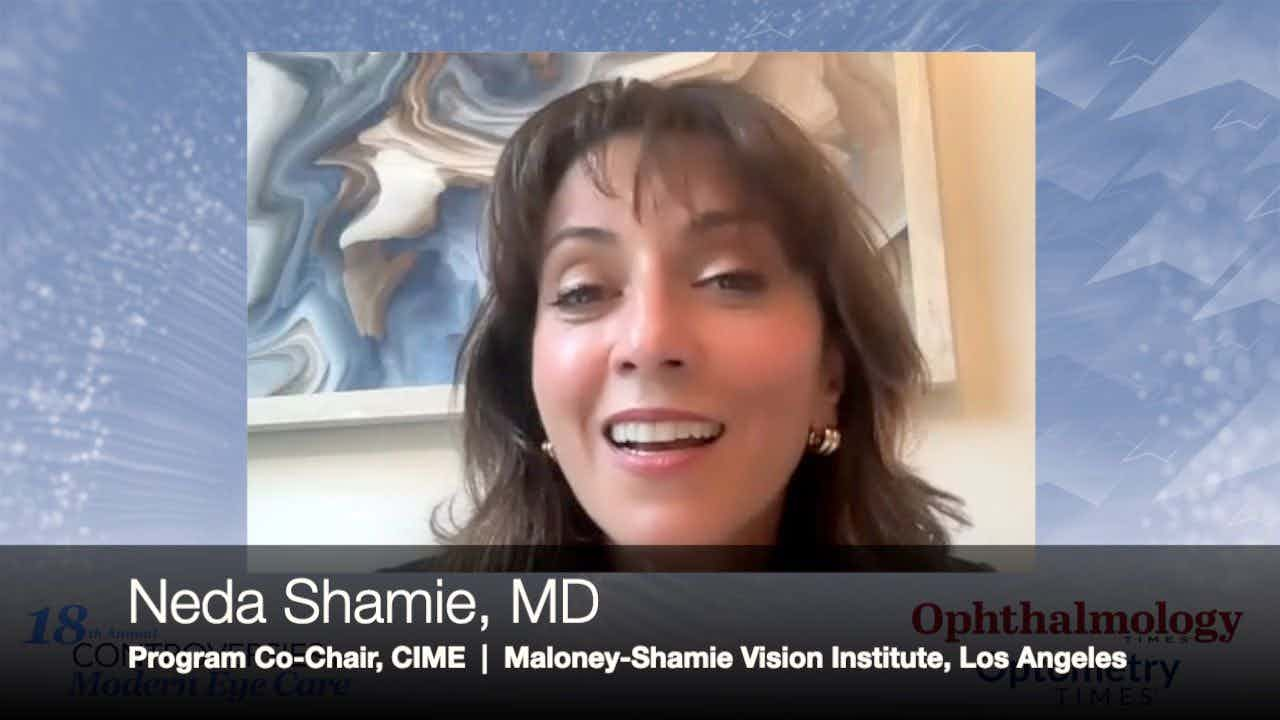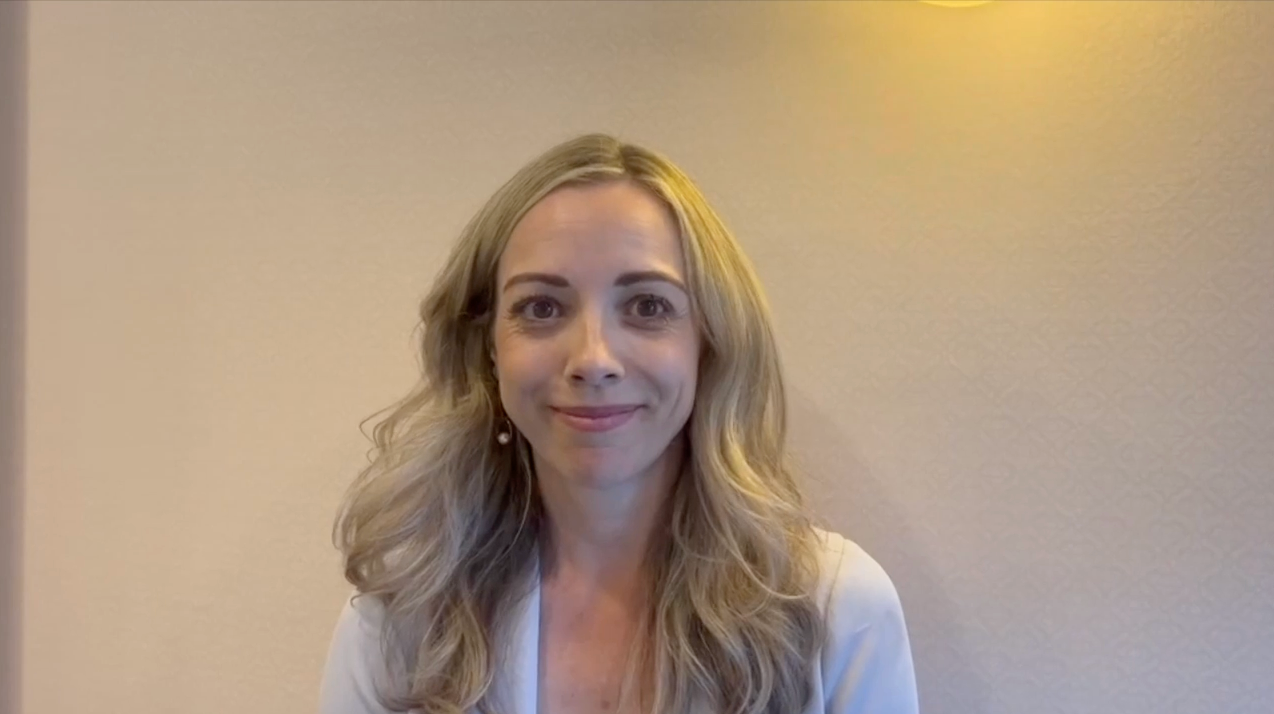How corneal biomechanics affects keratoconus and ectasia
In a landmark paper titled “Global consensus on keratoconus and ectatic diseases” published in the April 2015 issue of Cornea, Gomes et al sought to reach a consensus of the definition, concepts, clinical management, and surgical treatments of keratoconus and the family of corneal ectatic diseases.
In a landmark paper titled “Global consensus on keratoconus and ectatic diseases” published in the April 2015 issue of Cornea, Gomes et al sought to reach a consensus of the definition, concepts, clinical management, and surgical treatments of keratoconus and the family of corneal ectatic diseases. According to the researchers, “there is no primary pathophysiologic explanation for keratoconus.” However, “the panelists reached the conclusion that the pathophysiology of keratoconus is likely to include environmental, biomechanical, genetic, and biochemical disorders.”1
More from Dr. Morgenstern: Quality of life after LASIK
Defining corneal biomechanics
According to Garcia-Porta et al, corneal biomechanics “is a branch of science that studies deformation and equilibrium of corneal tissue under the application of any force. The structure and hence the properties of a soft tissue, such as the cornea, are dependent on the biochemical and physical nature of the components present and their relative amounts.
The mechanical properties of a tissue depend on how the fibers, cells, and ground substance are organized into a structure. Collagen and elastin are responsible for the strength and elasticity of a tissue, while the ground substance is responsible for the viscoelastic properties.”2
In a nutshell, each individual cornea, independent of its thickness and intraocular pressure (IOP), has a collagen rigidity or flaccidity profile. For example, if you exerted the same amount of force (such as the puff from a non-contact tonometer) onto the front of two distinctly different corneas that were 535 µm each, observation with a slow-motion camera would show them depress and rebound.
Each cornea would depress to different depths, rebound at different rates, and produce a unique oscillation waveform in between. Each cornea would react quite differently to an identically similar stimulus.
The study of this variance in corneal rigidity and flaccidity is the basis for research in corneal biomechanics. To put it into a real-life clinical setting, if each keratoconic patient has a unique corneal biomechanical property, then each keratoconus patient will exhibit a different rate of progression of disease that is unpredictable without corneal biomechanical information.
This is why it is typically impossible to predict the long-term outcome of the disease.
The biomechanical properties of the cornea have a direct correlation to not only the presence or absence of keratoconus in a patient but also its severity level. In addition, we know now that biomechanical properties of the cornea have a significant effect on applanation and non-contact tonometry. Back in the early 2000s, the ophthalmic community agreed that a cornea with a central thickness above or below average needed to be compensated for when calculating IOP.
Today, we know that this is not the case3-IOP and corneal thickness have a non-linear relationship. More importantly, knowing the corneal resistance and rigidity (biomechanics) plays much more of a factor in IOP measurement than pachymetry.
As more technology develops, the future will likely bring a day where analysis of corneal biomechanics is part of a primary-care eye exam to potentially determine the keratoconic and ectatic risk profile of an otherwise healthy eye.
Next: Corneal collagen crosslinking

Corneal collagen crosslinking
Those of us that are closely following the U.S. Food and Drug Administration (FDA) status and likely approval of corneal collagen crosslinking (CCXL) in the U.S. are also closely studying the principles and research regarding corneal biomechanics. CCXL is a procedure that strengthens the collagen fibers in ectatic corneas. The strengthening is designed to halt the progression of ectatic disease; however, virtually all of the commercially available CCXL devices have no way to reliably monitor how much crosslinking has occurred.
If CCXL does eventually receive FDA approval, we will need to be able to measure the corneal biomechanical properties to:
• Develop a baseline pre-CCXL collagen strength profile
• Apply the appropriate amount of CCXL treatment (time and light energy)
• Assess postop if enough treatment was delivered
• Evaluate the long-term post-treatment corneal collagen strength to determine if multiple treatments are required
Next: Corneal biomechanics technology
Corneal biomechanics technology
Ocular Response Analyzer (ORA) G3 (Reichert Technologies). According to Gomes et al, corneal hysteresis hysteresis (CH) and the corneal resistance factor are the main biomechanical parameters measured by ORA.1 Several studies have compared the biomechanical properties of normal and keratoconic corneas and found that the latter have lower corneal hysteresis and resistance.4-6 However, these parameters are derived from a proprietary algorithm applied to the measured waveform, and ORA cannot display the dynamics of the deformation process in real time. Thus, further research into technologies for measuring corneal stiffness and biomechanics is warranted.
ORA uses a puff of air to deflect the cornea while an infrared beam tracks changes in the shape of the anterior cornea during inward and outward deviation. Analysis of the parameters produced by the infrared waveform signal allows the calculation of several useful values. CH is calculated as the difference in air pressures between force-in applanation and force-out applanation.7
Corvis ST (Oculus) This device is not yet FDA approved. It features a UHS Scheimpflug camera, taking over 4,300 frames per second and of a single 8 mm horizontal slit to monitor corneal deformation response to non-contact tonometry. The key to the Corvis ST, according to the company, is its ability to evaluate and perform spectral analysis of the deformation signal. It may help to delineate true biomechanical differences between a patient’s eye as it reports deformation.8
According to Oculus, Corvis ST can measure:
• IOP and pachymetry
• Pachymetric progression
• High-speed corneal video
• Capability to email data
• Dynamic corneal response (DCR), describing the deformation characteristics
More from Dr. Mogenstern: The diagnoses you shouldn't be missing
Conclusion
Clearly, corneal biomechanics is going to play a future role in the detection, management, and treatment of keratoconus and the corneal ectasias. It is critically important for the clinical optometrist to understand the current principles and technological advances in the detection of keratoconus as well as its newly-understood anatomy and physiology. Particular attention needs to be given to Scheimpflug evaluation of the anterior and posterior elevation corneal surfaces; the relationship of pachymetric progression from the center to the periphery of the cornea; last and definitely not least, the corneal biomechanics of the eye.
Click here to check out the latest refractive surgery news and advice
References:
1. Gomes JA, Tan D, Rapuano CJ, et al. Global consensus on keratoconus and ectatic diseases. Cornea. 2015 Apr;34(4):359-69.
2. Garcia-Porta N, Fernandes P, Queiros A, et al. Corneal Biomechanical Properties in Different Ocular Conditions and New Measurement Techniques. ISRN Ophthalmol. 2014 Mar 4;2014:724546.
3. Young M. Surgeons say adjusting IOP based on CCT doesn’t work. ASCRS EyeWorld. Available at: http://www.eyeworld.org/article-surgeons-say-adjusting-iop-based-on-cct-doesn-t-work. Accessed: 10/02/2015.
4. Steinberg J, Katz T, Lücke K, Frings A, Druchkiv V, Linke SJ. Screening for Keratoconus With New Dynamic Biomechanical In Vivo Scheimpflug Analyses.
Cornea. 2015 Nov;34(11):1404-12.
5. Viswanathan D, Kumar NL, Males JJ, Graham SL. Relationship of Structural Characteristics to Biomechanical Profile in Normal, Keratoconic, and Crosslinked Eyes. Cornea. 2015 Jul;34(7):791-6.
6. Shetty R, Nuijts RM, Srivatsa P, Jayadev C, Pahuja N, Akkali MC, Sinha Roy A. Understanding the Correlation between Tomographic and Biomechanical Severity of Keratoconic Corneas. Biomed Res Int. 2015;2015:294197.
7. Edell E, Moshirfar M. Corneal Biomechanics. EyeWiki. Available at: http://eyewiki.aao.org/Corneal_Biomechanics. Accessed: 10/02/2015.
8. Tejwani S, Shetty R, Kurien M, et al. (2014) Biomechanics of the Cornea Evaluated by Spectral Analysis of Waveforms from Ocular Response Analyzer and Corvis-ST. PLoS ONE. 2014 Aug 27;9(8):e97591.




.png&w=3840&q=75)











